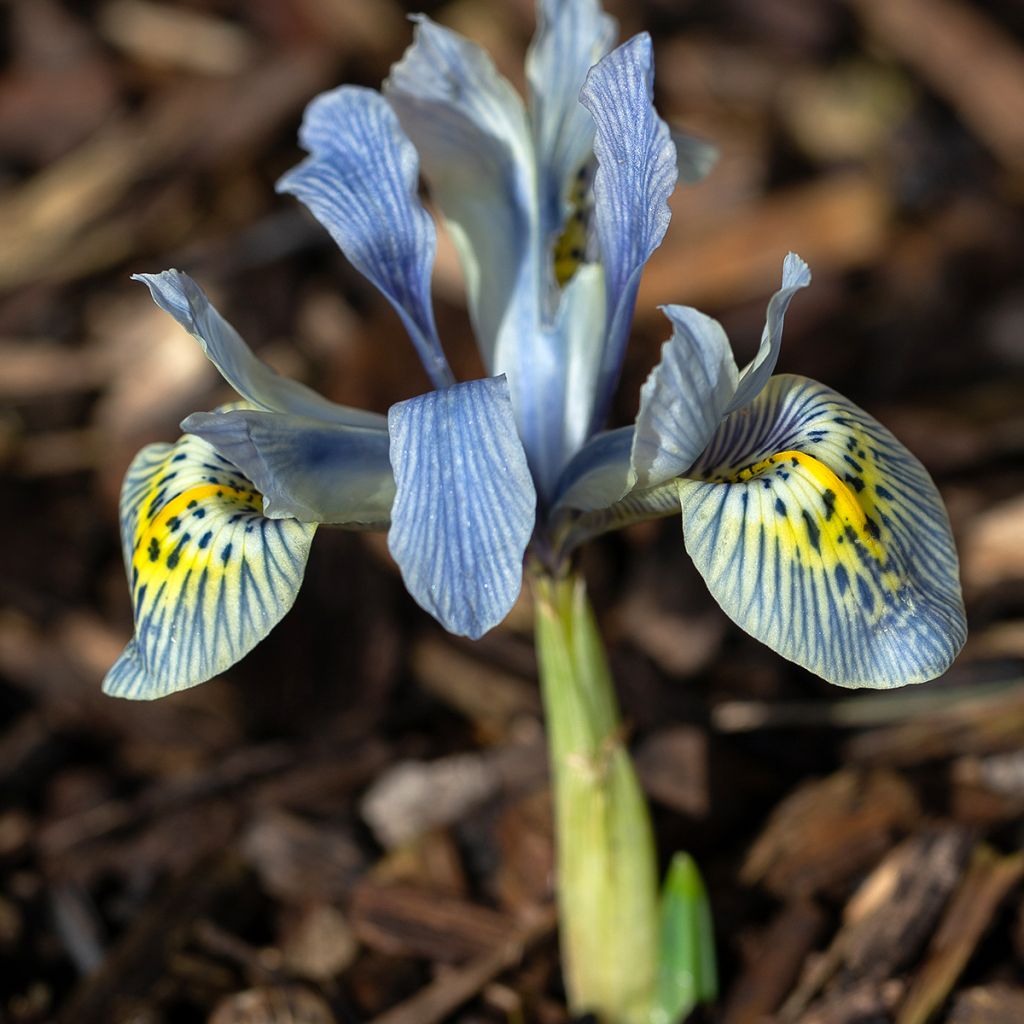

Iris reticulata Katharina Hodgkin
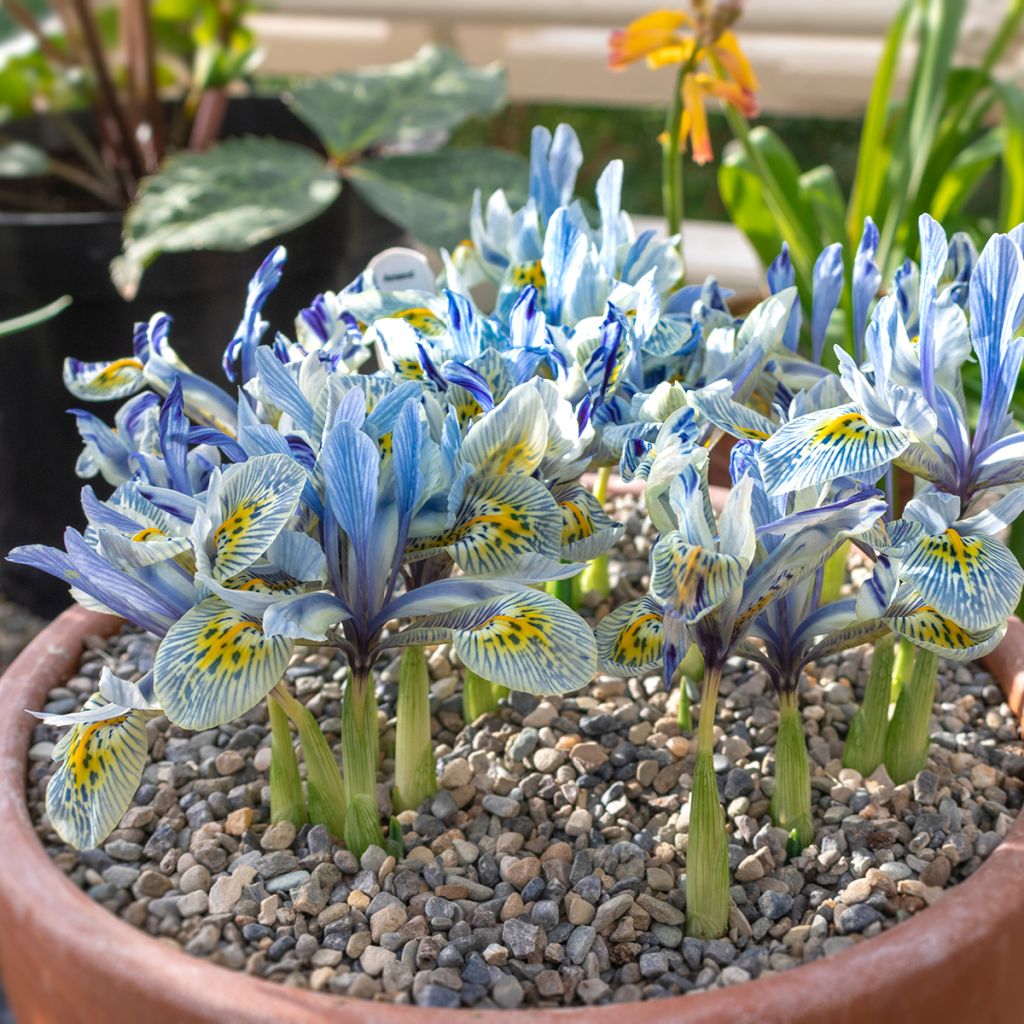

Iris reticulata Katharina Hodgkin
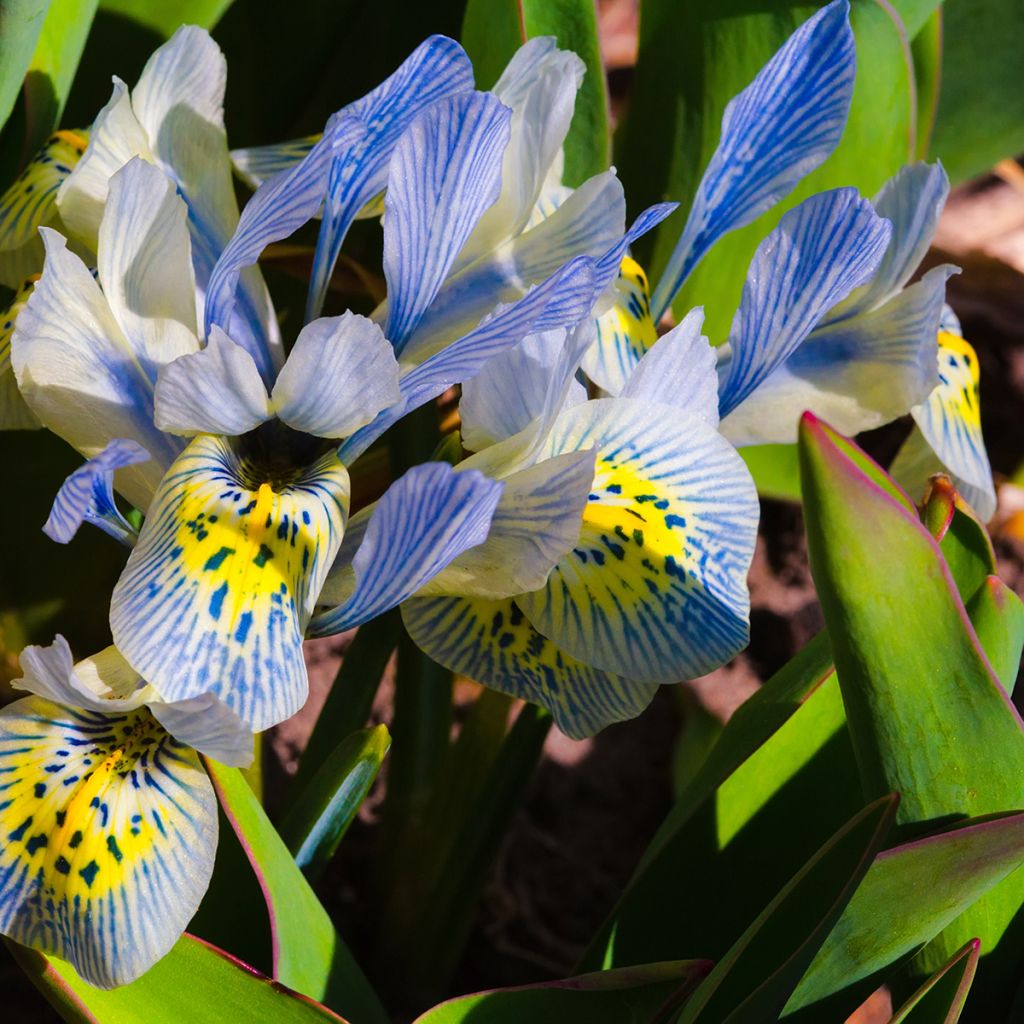

Iris reticulata Katharina Hodgkin
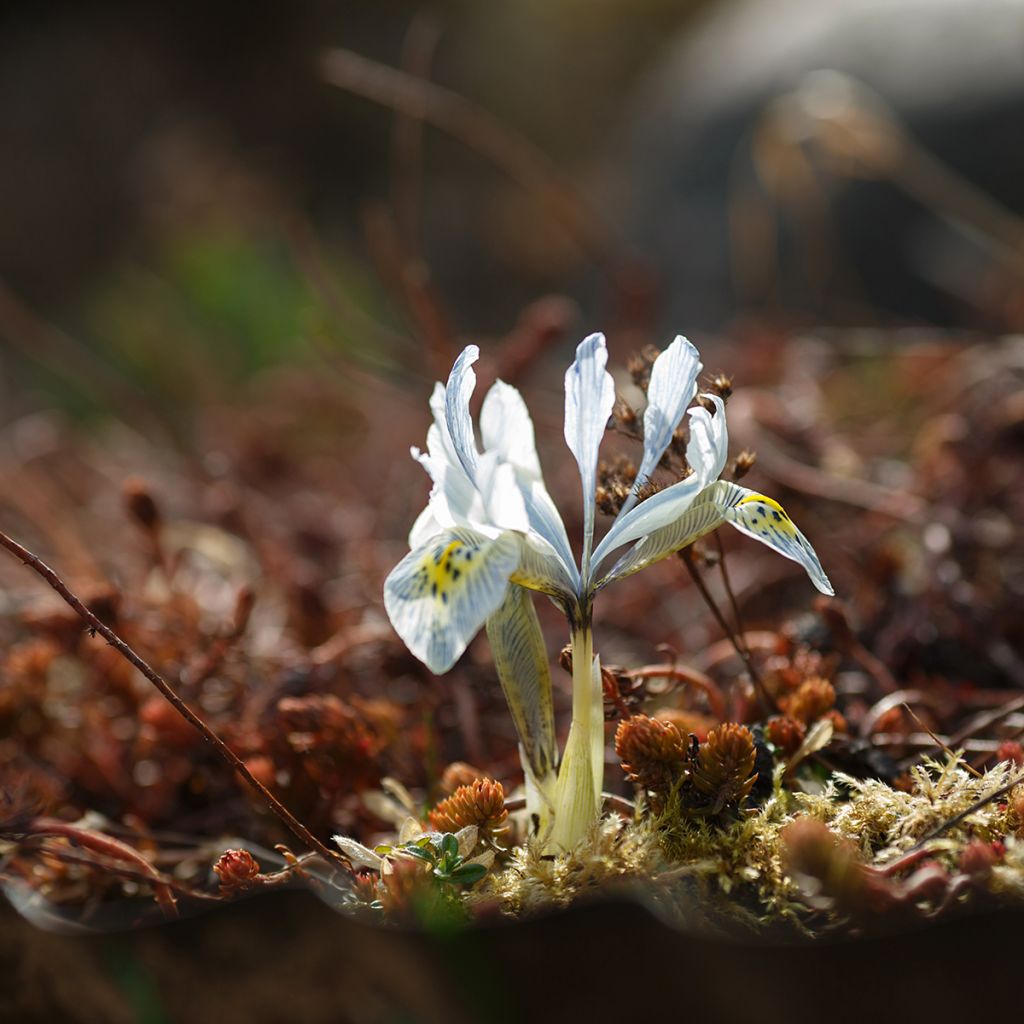

Iris reticulata Katharina Hodgkin
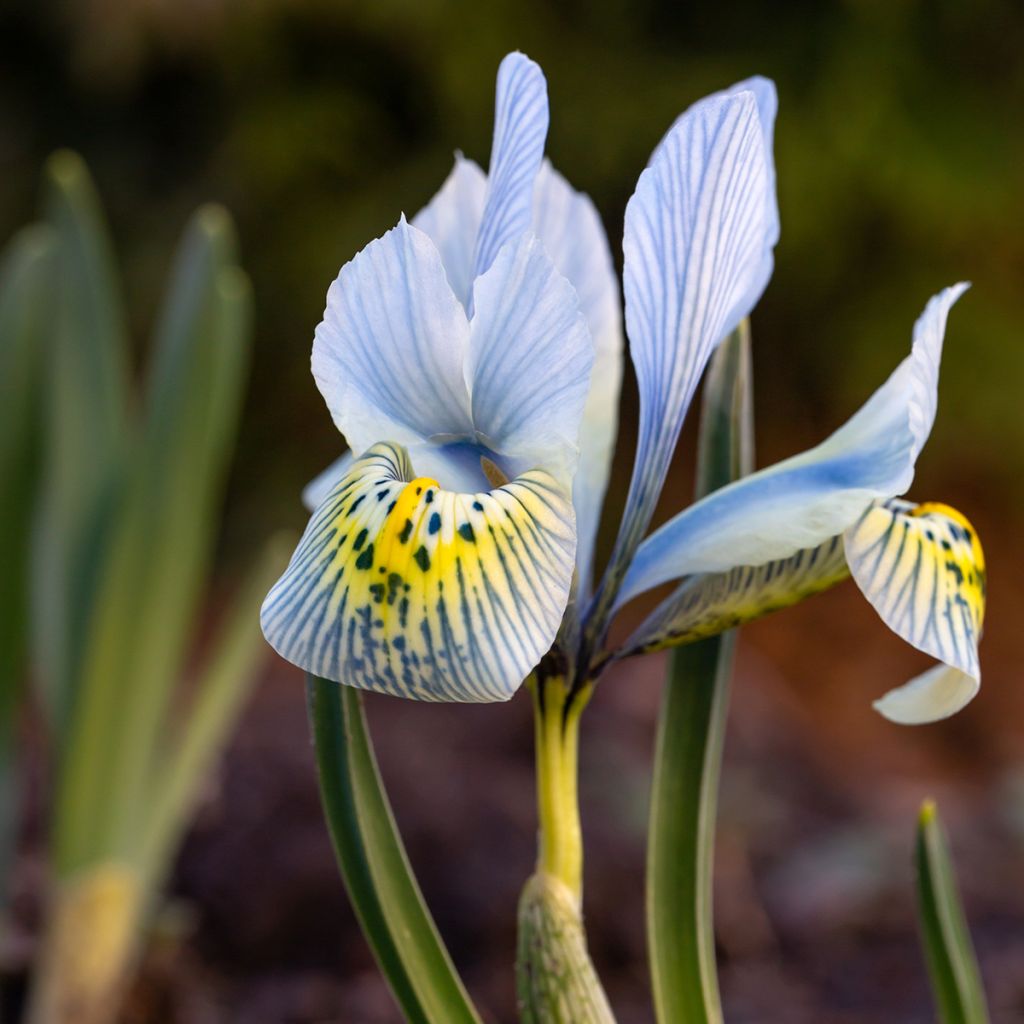

Iris reticulata Katharina Hodgkin
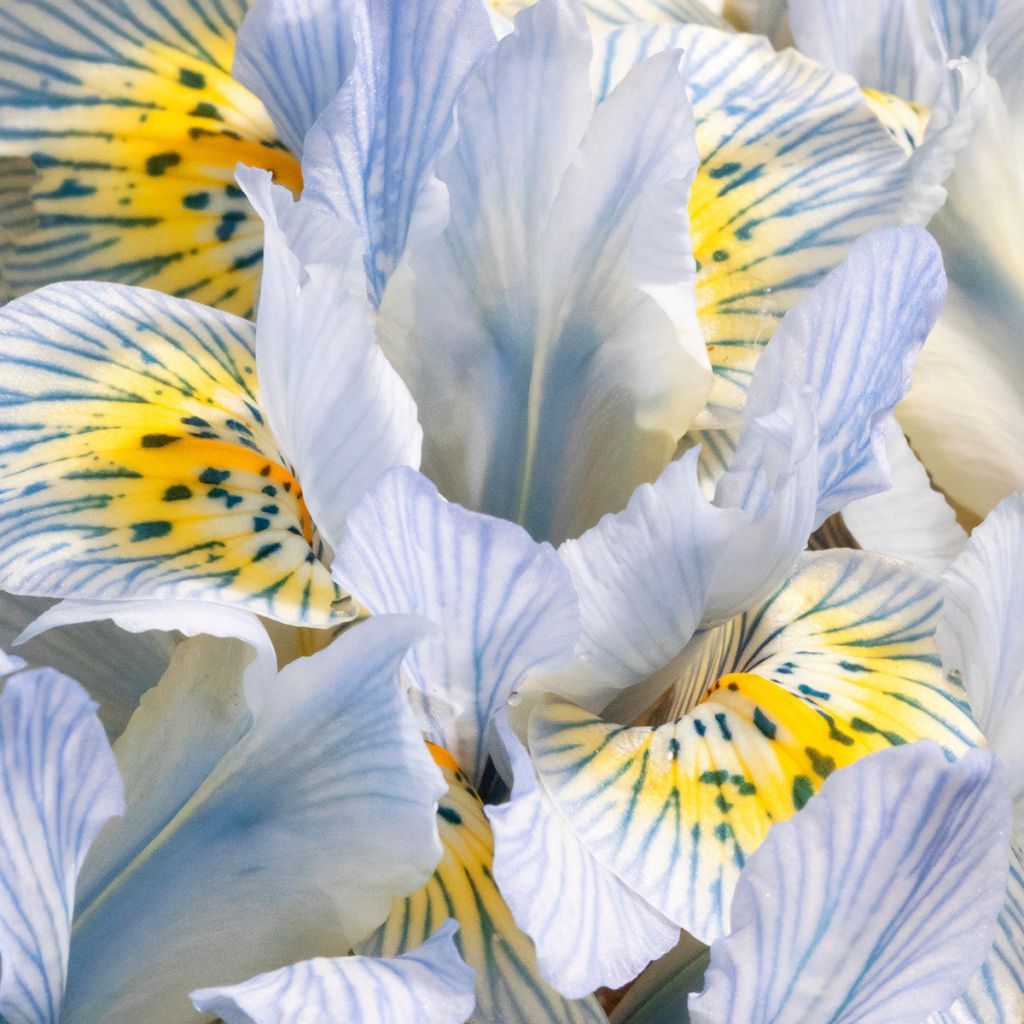

Iris reticulata Katharina Hodgkin
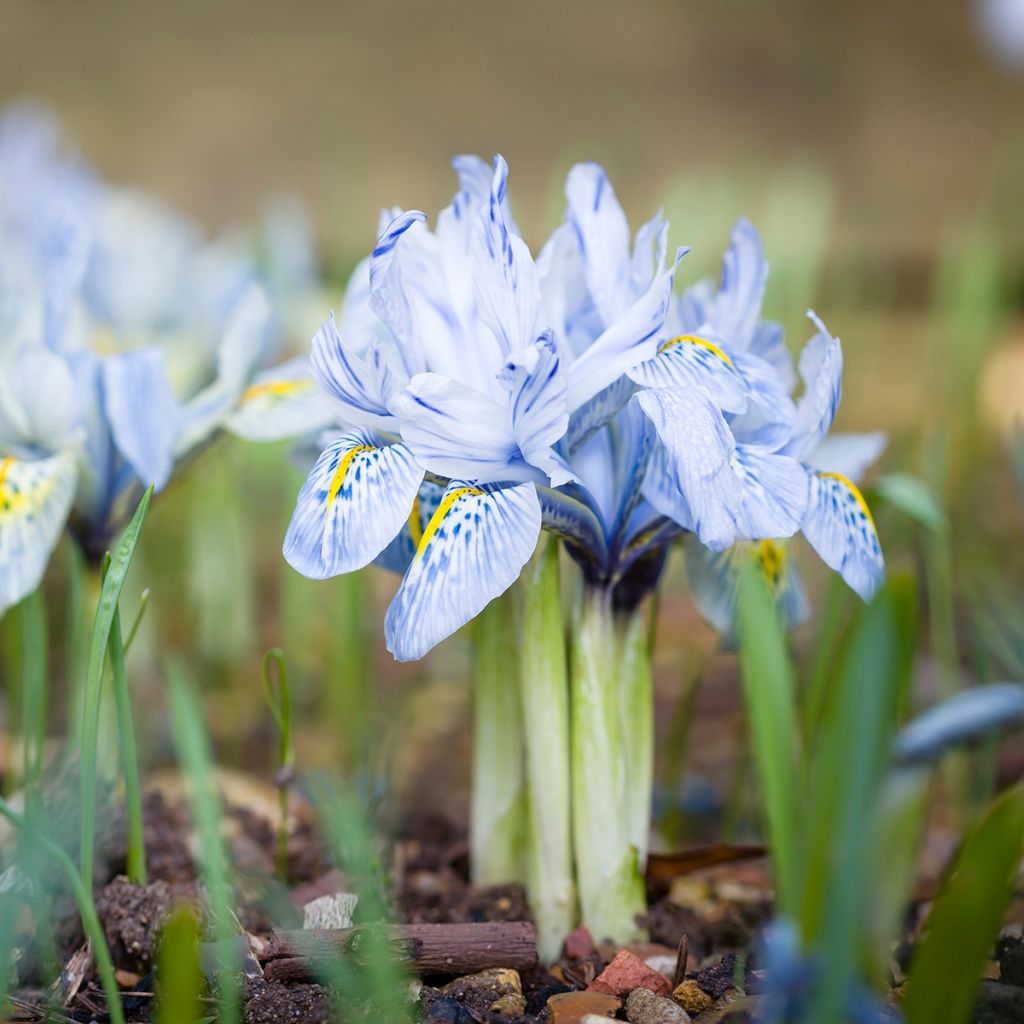

Iris reticulata Katharina Hodgkin
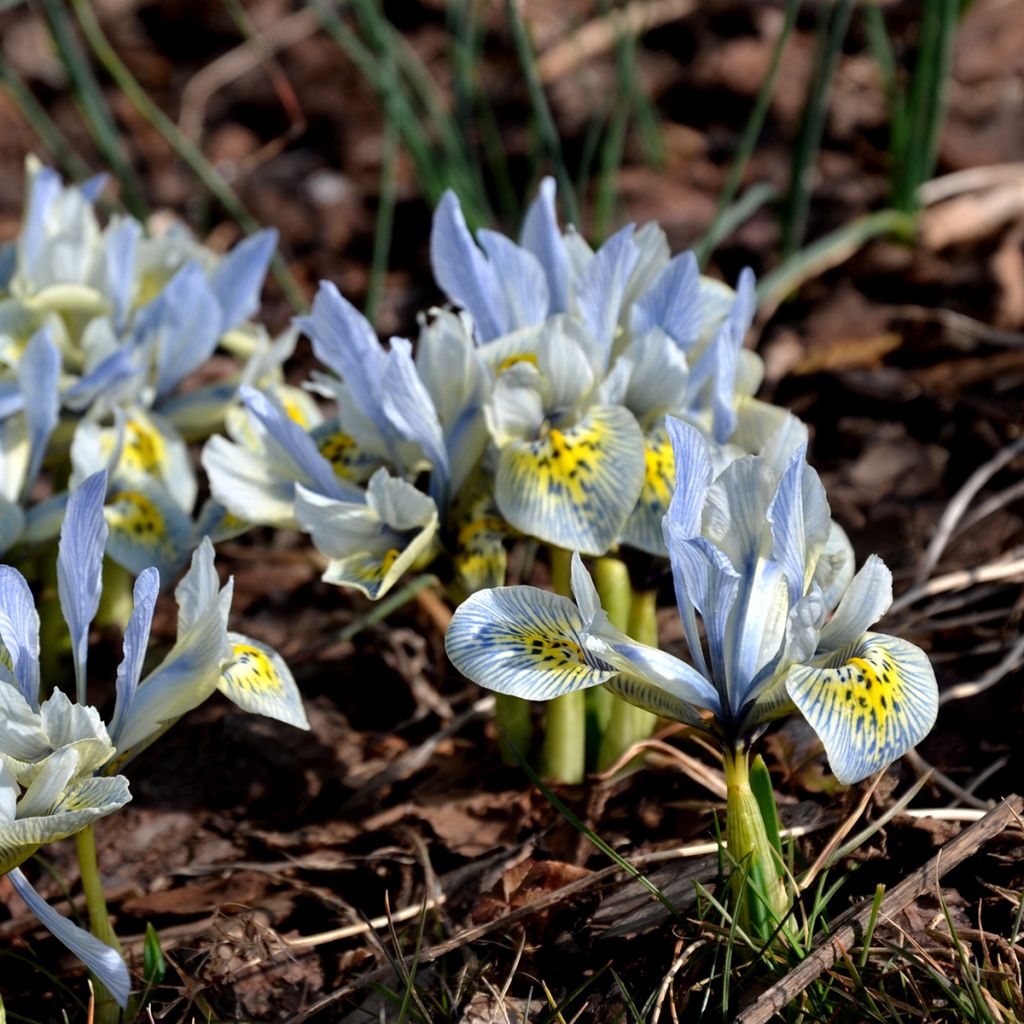

Iris reticulata Katharina Hodgkin
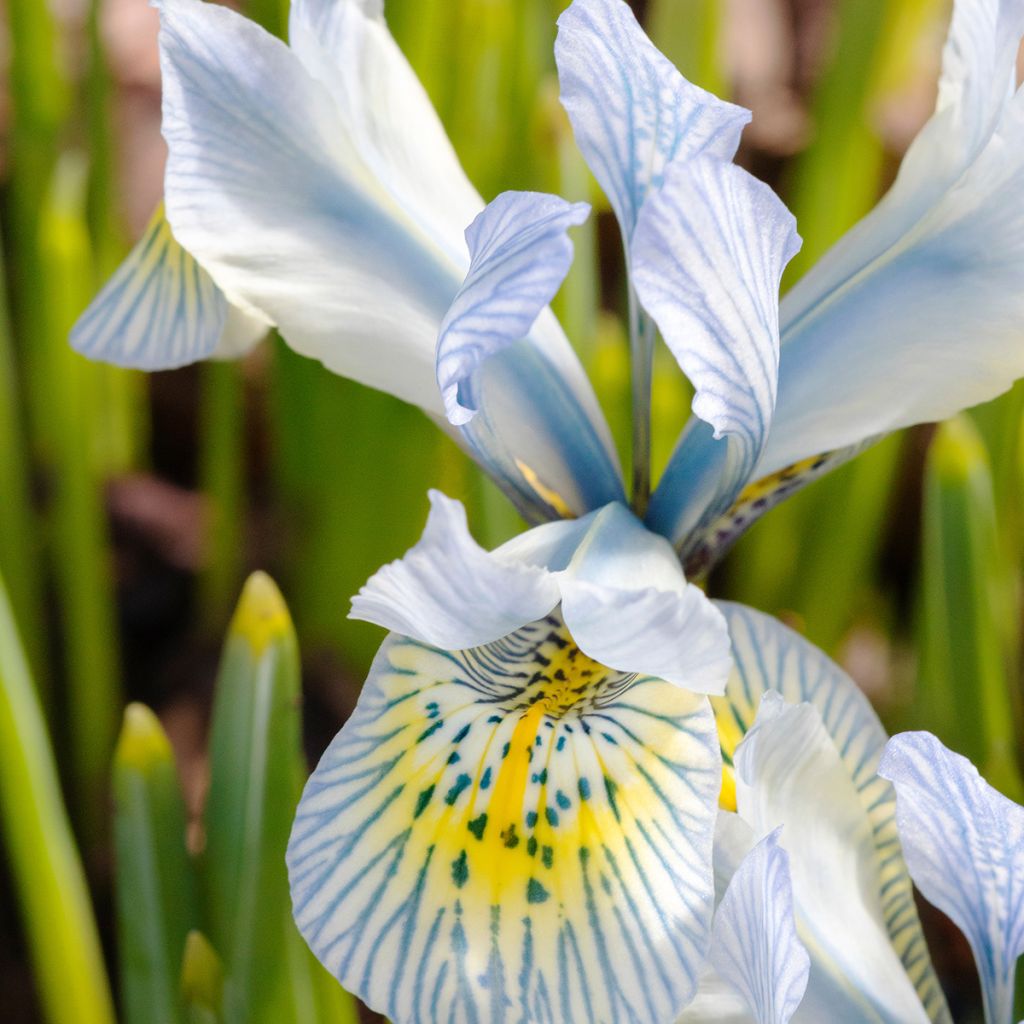

Iris reticulata Katharina Hodgkin
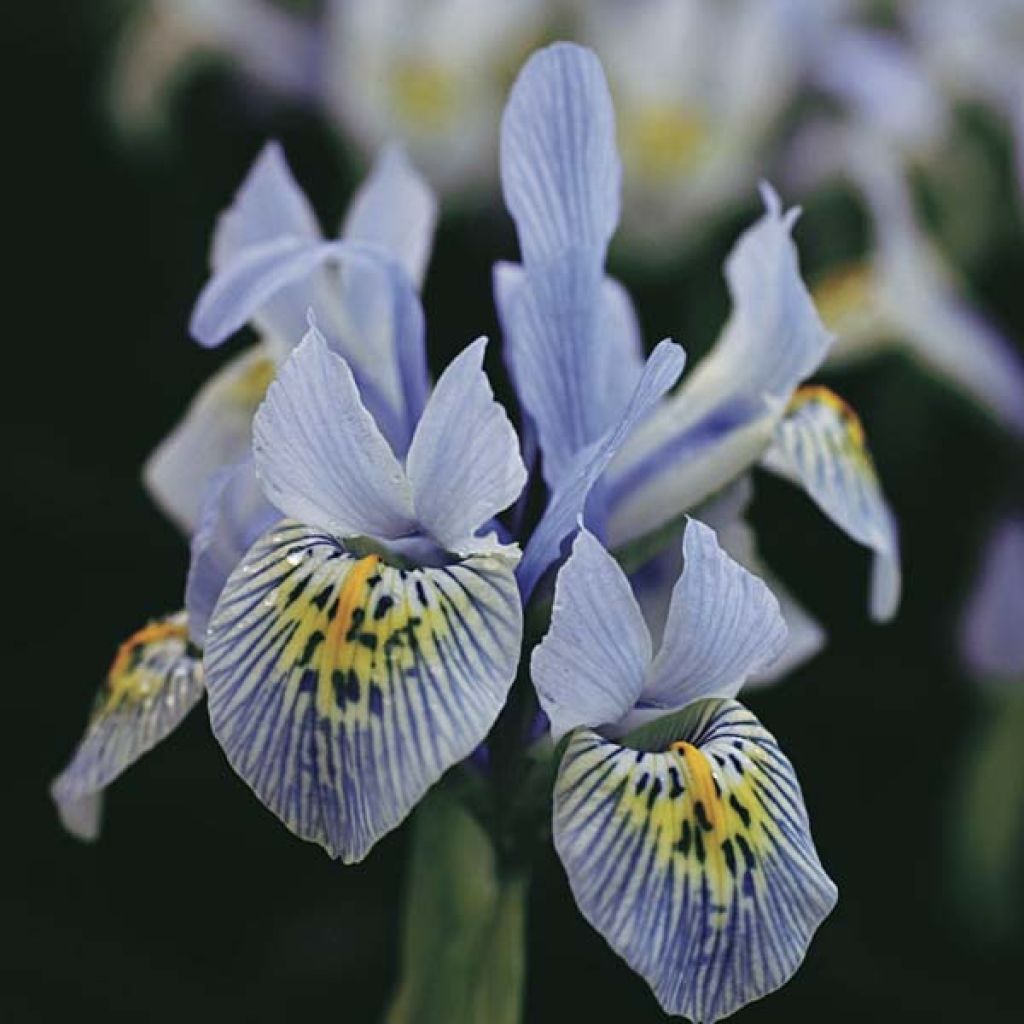

Iris reticulata Katharina Hodgkin
Iris reticulata Katharina Hodgkin
Iris reticulata Katharina Hodgkin
Netted Iris, Dwarf Iris
Beautiful flowering from the first year. What a pleasure!
Estelle, 08/03/2020
This plant carries a 6 months recovery warranty
More information
We guarantee the quality of our plants for a full growing cycle, and will replace at our expense any plant that fails to recover under normal climatic and planting conditions.
From €5.90 for pickup delivery and €6.90 for home delivery
Express home delivery from €8.90.

Does this plant fit my garden?
Set up your Plantfit profile →
Description
The Iris reticulata Katharina Hodgkin is a small botanical iris with a precious and very early flowering. It offers fragrant flowers in a combination of very bright shades. Their washed white colour veined with more or less intense sky blue, dotted with navy blue, enhanced with yellow touches at the base of the sepals, is a marvel of delicacy. This small bulbous plant is grown in well-drained soil, in full sun or partial shade, in borders, rockeries or even in containers.
According to sources, this Iris reticulata Katharina Hodgkin is the result of a cross between Iris histroides major (blue) and Iris winnogradowii (pale yellow with spotting in the throat), or the marriage of Iris histroides major (blue) and Iris danfordiae (deep yellow with spotting in the throat). These plants are all native to the Caucasus, and naturally grow in alpine meadows and rocky habitats (on limestone and gneiss-rich soil), between 1000 and 2500m (3281 and 8202ft) altitude. Forming a small, erect and spreading clump of 15 cm (6in) in flower, this perennial spreads without theoretical limit through the production of bulblets. It blooms at the end of winter, when the days begin to lengthen, usually in February-March. Its solitary flowers, 7 to 8 cm (3in) long, are relatively large compared to the size of the plant, and highly fragrant. They are composed of spatulate tepals, with the 3 upper ones narrow and upright, and the 3 lower ones wider, rounded, and strongly veined. Each flower is enclosed at the base in two scale-like bracts of a purplish green. The fruits are swollen capsules containing ovoid seeds. The foliage, short during flowering, elongates afterwards. The basal leaves are glaucous green, quadrangular in section, sheathing at the base. They are deciduous and disappear in summer.
The reticulated iris is perfect in rockeries, borders, flower beds, or even to decorate ephemeral flowering pots, to bring indoors and enjoy its fragrance up close. It pairs well with iris pumila, botanical crocuses, anemone blanda, or Algerian iris. Let the bulbs naturalize, they will form beautiful clumps after a few years, heralding the return of spring.
Report an error about the product description
Iris reticulata Katharina Hodgkin in pictures
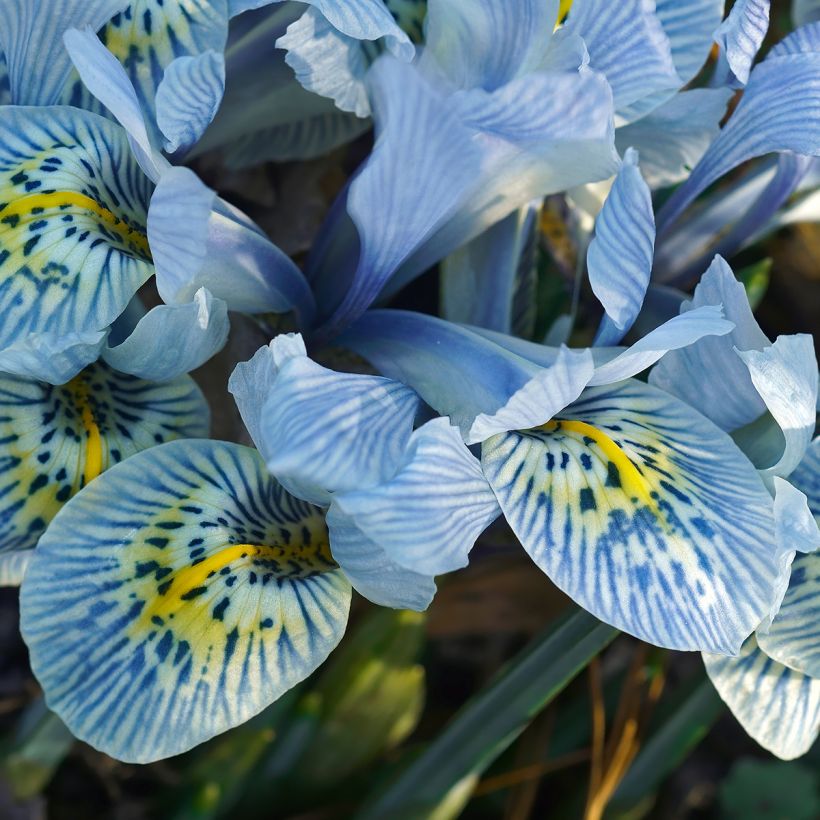

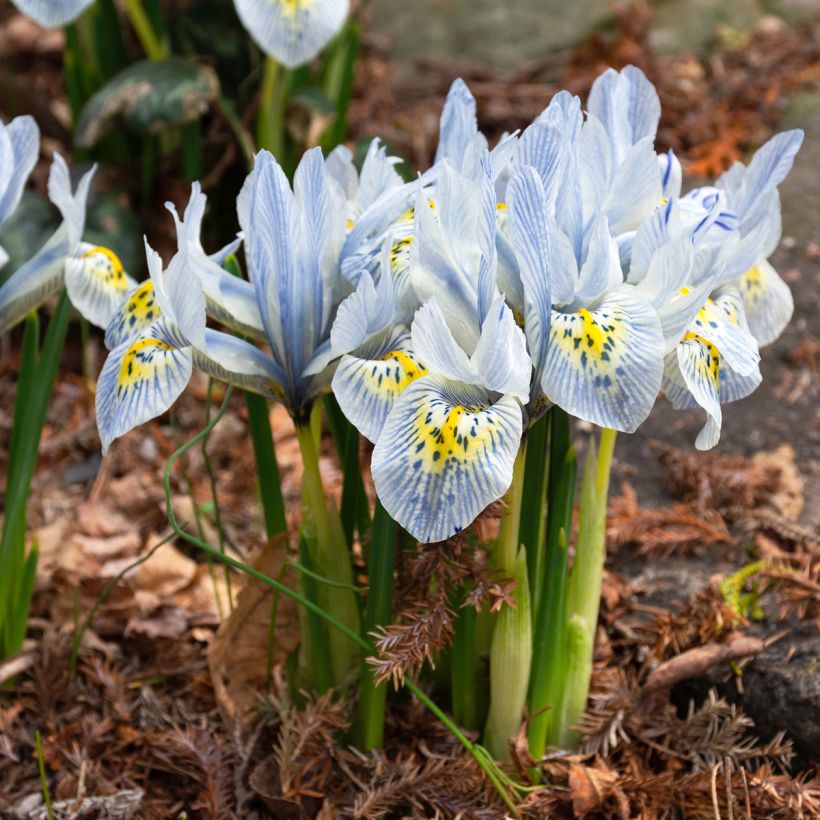

Plant habit
Flowering
Foliage
Botanical data
Iris
reticulata
Katharina Hodgkin
Iridaceae
Netted Iris, Dwarf Iris
Central Europe
Planting and care
Plant the bulbs in September-October, in a sunny location, in well-drained soil at a depth of 10 cm (4in) and preferably in groups, spaced 8 cm (3in) apart. Cut off the faded flowers at their base, being careful to leave the stem. Continue to water the plants at their base. Once the foliage has turned yellow, remove it and leave the bulbs in place for them to flower again the following year. After flowering, water three times with liquid fertilizer at one-month intervals. Leave the bulbs in place for several years.
Planting period
Intended location
Care
-
, onOrder confirmed
Reply from on Promesse de fleurs
Haven't found what you were looking for?
Hardiness is the lowest winter temperature a plant can endure without suffering serious damage or even dying. However, hardiness is affected by location (a sheltered area, such as a patio), protection (winter cover) and soil type (hardiness is improved by well-drained soil).

Photo Sharing Terms & Conditions
In order to encourage gardeners to interact and share their experiences, Promesse de fleurs offers various media enabling content to be uploaded onto its Site - in particular via the ‘Photo sharing’ module.
The User agrees to refrain from:
- Posting any content that is illegal, prejudicial, insulting, racist, inciteful to hatred, revisionist, contrary to public decency, that infringes on privacy or on the privacy rights of third parties, in particular the publicity rights of persons and goods, intellectual property rights, or the right to privacy.
- Submitting content on behalf of a third party;
- Impersonate the identity of a third party and/or publish any personal information about a third party;
In general, the User undertakes to refrain from any unethical behaviour.
All Content (in particular text, comments, files, images, photos, videos, creative works, etc.), which may be subject to property or intellectual property rights, image or other private rights, shall remain the property of the User, subject to the limited rights granted by the terms of the licence granted by Promesse de fleurs as stated below. Users are at liberty to publish or not to publish such Content on the Site, notably via the ‘Photo Sharing’ facility, and accept that this Content shall be made public and freely accessible, notably on the Internet.
Users further acknowledge, undertake to have ,and guarantee that they hold all necessary rights and permissions to publish such material on the Site, in particular with regard to the legislation in force pertaining to any privacy, property, intellectual property, image, or contractual rights, or rights of any other nature. By publishing such Content on the Site, Users acknowledge accepting full liability as publishers of the Content within the meaning of the law, and grant Promesse de fleurs, free of charge, an inclusive, worldwide licence for the said Content for the entire duration of its publication, including all reproduction, representation, up/downloading, displaying, performing, transmission, and storage rights.
Users also grant permission for their name to be linked to the Content and accept that this link may not always be made available.
By engaging in posting material, Users consent to their Content becoming automatically accessible on the Internet, in particular on other sites and/or blogs and/or web pages of the Promesse de fleurs site, including in particular social pages and the Promesse de fleurs catalogue.
Users may secure the removal of entrusted content free of charge by issuing a simple request via our contact form.
The flowering period indicated on our website applies to countries and regions located in USDA zone 8 (France, the United Kingdom, Ireland, the Netherlands, etc.)
It will vary according to where you live:
- In zones 9 to 10 (Italy, Spain, Greece, etc.), flowering will occur about 2 to 4 weeks earlier.
- In zones 6 to 7 (Germany, Poland, Slovenia, and lower mountainous regions), flowering will be delayed by 2 to 3 weeks.
- In zone 5 (Central Europe, Scandinavia), blooming will be delayed by 3 to 5 weeks.
In temperate climates, pruning of spring-flowering shrubs (forsythia, spireas, etc.) should be done just after flowering.
Pruning of summer-flowering shrubs (Indian Lilac, Perovskia, etc.) can be done in winter or spring.
In cold regions as well as with frost-sensitive plants, avoid pruning too early when severe frosts may still occur.
The planting period indicated on our website applies to countries and regions located in USDA zone 8 (France, United Kingdom, Ireland, Netherlands).
It will vary according to where you live:
- In Mediterranean zones (Marseille, Madrid, Milan, etc.), autumn and winter are the best planting periods.
- In continental zones (Strasbourg, Munich, Vienna, etc.), delay planting by 2 to 3 weeks in spring and bring it forward by 2 to 4 weeks in autumn.
- In mountainous regions (the Alps, Pyrenees, Carpathians, etc.), it is best to plant in late spring (May-June) or late summer (August-September).
The harvesting period indicated on our website applies to countries and regions in USDA zone 8 (France, England, Ireland, the Netherlands).
In colder areas (Scandinavia, Poland, Austria...) fruit and vegetable harvests are likely to be delayed by 3-4 weeks.
In warmer areas (Italy, Spain, Greece, etc.), harvesting will probably take place earlier, depending on weather conditions.
The sowing periods indicated on our website apply to countries and regions within USDA Zone 8 (France, UK, Ireland, Netherlands).
In colder areas (Scandinavia, Poland, Austria...), delay any outdoor sowing by 3-4 weeks, or sow under glass.
In warmer climes (Italy, Spain, Greece, etc.), bring outdoor sowing forward by a few weeks.


































